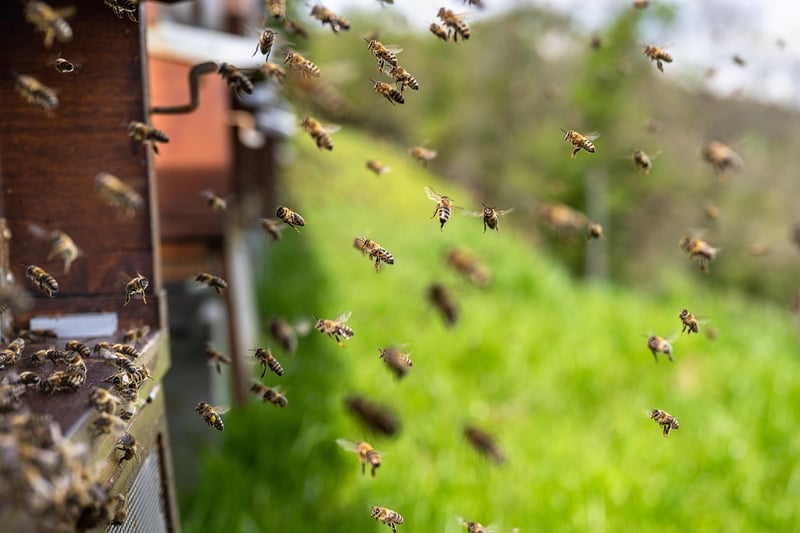Beekeeping Basics

Attracting Wildlife to Urban Spaces and Beekeeping Basics
Introduction
Welcome to our guide on how to invite wildlife into urban environments and an introduction to beekeeping. Urban areas can seem devoid of nature, but with a little effort, you can create havens for birds, bees, and other wildlife. Additionally, beekeeping is a rewarding and important practice that helps support biodiversity and food production.
Attracting Wildlife to Urban Spaces
Urban spaces can be transformed into thriving habitats for various wildlife species. Here are some tips on how to attract wildlife to your city environment:
1. Plant Native Species
Native plants provide food and shelter for local wildlife. Research which plants are native to your region and incorporate them into your garden or balcony.
2. Provide Water Sources
Set up bird baths or small ponds to offer water for birds, insects, and other animals. Even a shallow dish with water can make a difference.
3. Create Shelter
Install birdhouses, bee hotels, or bat boxes to give wildlife a safe place to rest and nest. These structures can be placed in gardens or on rooftops.
4. Avoid Chemicals
Avoid using pesticides and herbicides in your garden as they can harm wildlife. Opt for natural alternatives or eco-friendly gardening practices.
Beekeeping Basics
Beekeeping is not only beneficial for bees but also for the environment. Here are some basics to get you started with beekeeping:
1. Obtain the Necessary Equipment
You will need basic beekeeping equipment such as a beehive, protective gear (bee suit, gloves, veil), and tools for hive management.
2. Educate Yourself
Learn about bee behavior, hive management, and bee diseases. Join local beekeeping associations or take courses to enhance your knowledge.
3. Start Small
Begin with one or two beehives to gain experience before expanding. Start with a nucleus colony or package of bees from a reputable source.
4. Maintain the Hive
Regularly inspect the hive for signs of disease, pests, and to ensure the bees have enough space and food. Harvest honey responsibly and leave enough for the bees.
Conclusion
By following these tips, you can create a welcoming environment for wildlife in urban spaces and embark on a fulfilling journey into the world of beekeeping. Remember, every small effort counts in supporting biodiversity and creating a sustainable ecosystem.
Images source: Pixabay